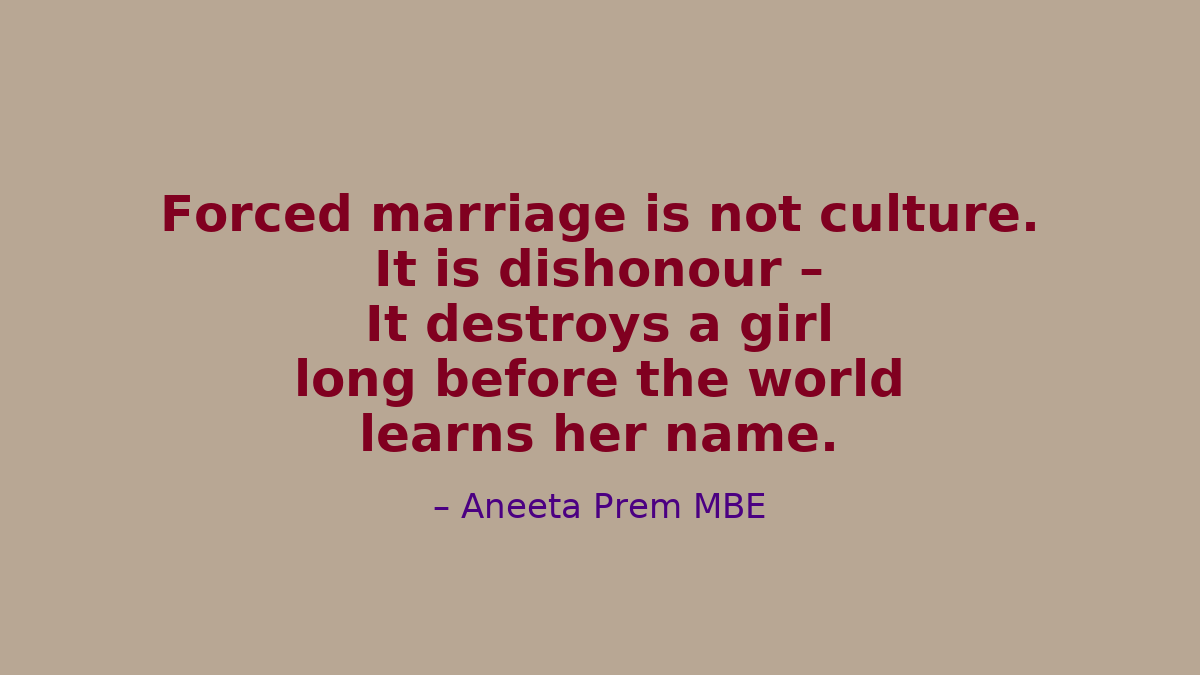
These basic facts are uncontested: a teenage girl, newly married, is dead; the authorities insist on natural causes; her family raise serious concerns; and no independent forensic report has been published.
Reports from Afghan independent outlets state that relatives believed both bride and groom were pressured into the marriage by the groom’s wider family. They describe the environment she entered as “pressure” and “violence”. The account of rapid burial and blocked access to forensic examination comes directly from these family interviews.
None of these claims have been independently verified — an important fact, and one that reflects the reality of reporting under Taliban rule, where journalists and families face restrictions and fear of reprisal. That lack of verifiable access is itself part of the story.
What is clear is that transparency is absent. In any functioning system, a 17-year-old dying suddenly after a contested marriage would trigger an automatic and independent post-mortem. In Afghanistan today, that safeguard has collapsed.
Farkhunda’s story resonates because it sits squarely inside a national picture that has been well documented by major agencies.
These figures are not generalisations. They reflect consistent findings across independent humanitarian, academic and rights-based studies.
Afghanistan is now the only country where girls are barred from secondary and higher education nationwide. The consequences are documented by UN experts:
In this climate, marriage often becomes the default “solution” to insecurity, poverty and lack of opportunity.
As someone who helped change the law on forced marriage in the UK, I recognise the patterns immediately: denial of autonomy, coercion disguised as protection, and the silencing of girls when they attempt to seek help.
“When girls are denied education and stripped of basic freedoms, forced marriage does not remain a private abuse. It becomes a predictable consequence of state policy. That makes it a form of state-enabled harm.”
“We criminalised forced marriage in the UK because we finally acknowledged the truth: this is not culture. This is child abuse, coercion and violence.”
Critics may ask: How can one case speak for an entire system?
The answer lies not in speculation but in the documented environment in which this death occurred.
When:
— then the issue is not only the cause of death. It is the absence of safeguards to reveal the truth.
There are steps that can be taken immediately without making assumptions about the cause of death:
A single case rarely changes a system. But Farkhunda’s death forces us to confront a truth that is now impossible to ignore: when you remove a girl’s right to education, limit her movements, and strip away legal and social protections, forced marriage becomes not an exception but an inevitability.
“A 17-year-old girl should be thinking about school and choices, not negotiating survival inside a marriage she did not choose. Her death is not just a tragedy — it is a warning that the world cannot continue to look away.” Aneeta Prem MBE
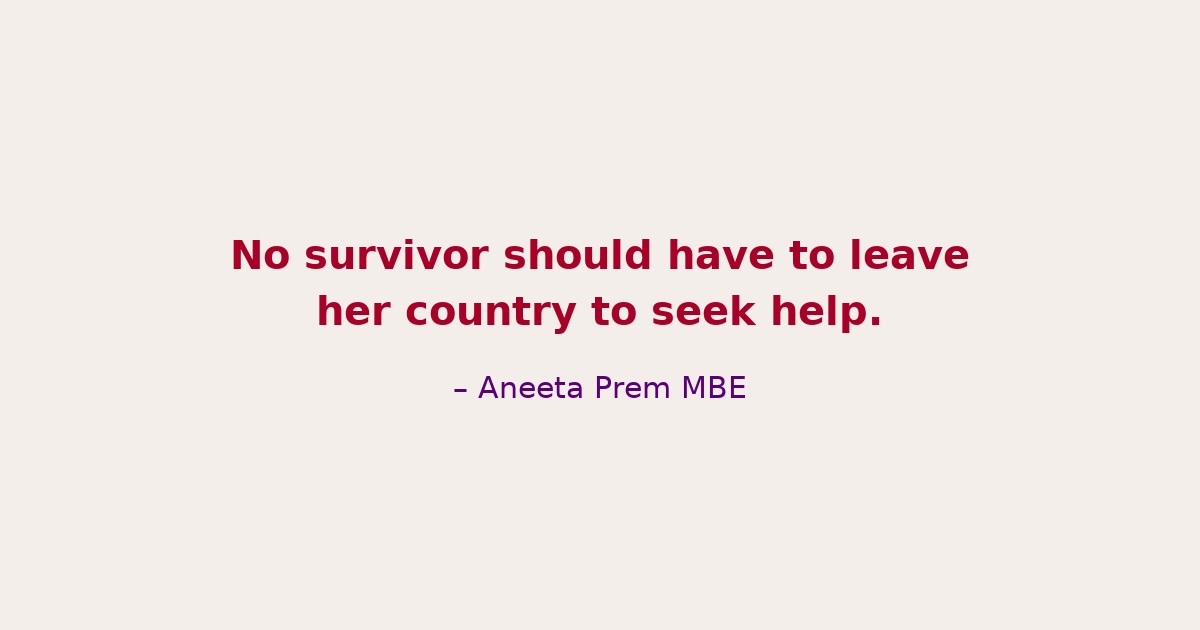
Why reconstruction is not available on the NHS

Forced to marry, silenced by fear: Afghan girls in the shadow of Farkhunda’s death
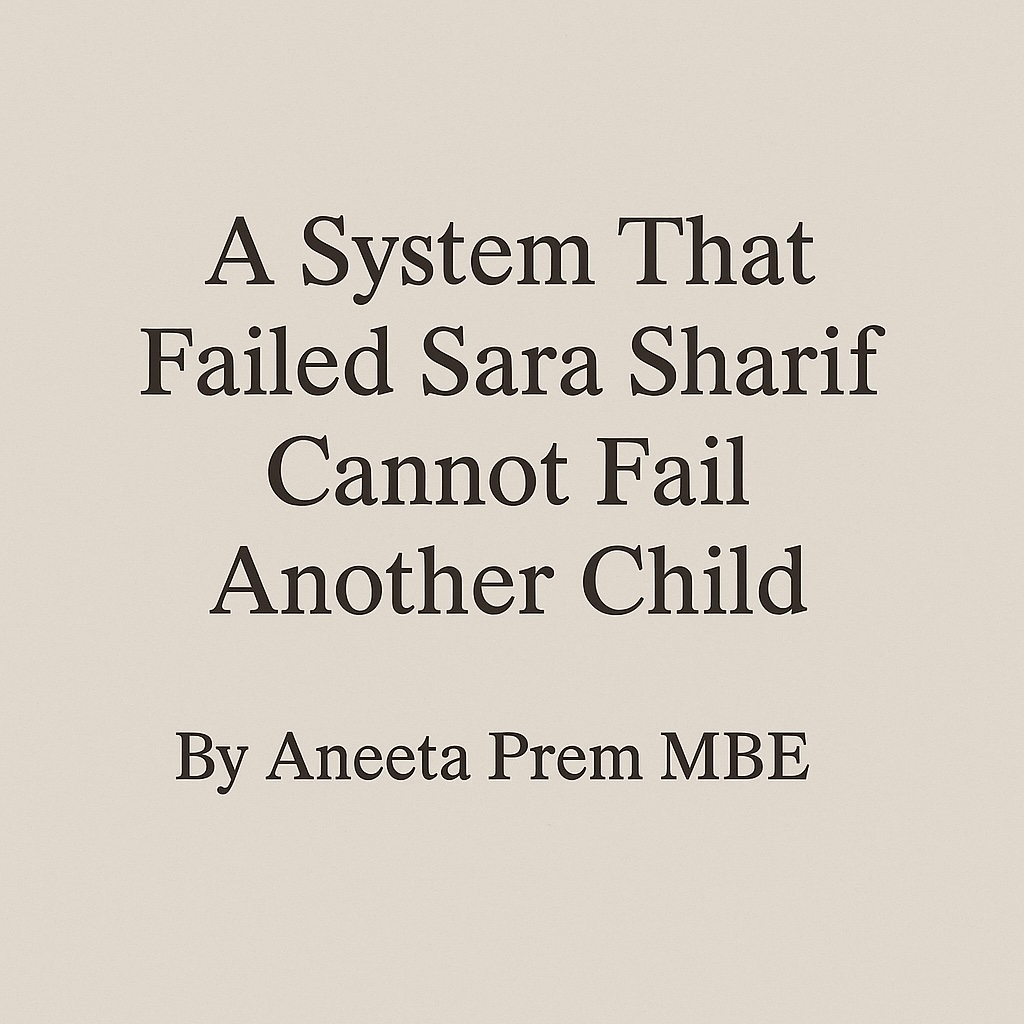
Understanding the safeguarding gaps exposed by Sara Sharif’s case, and the protections the new Bill must deliver.

10 signs your jaw pain might be TMJ or TMD: why it is so often missed
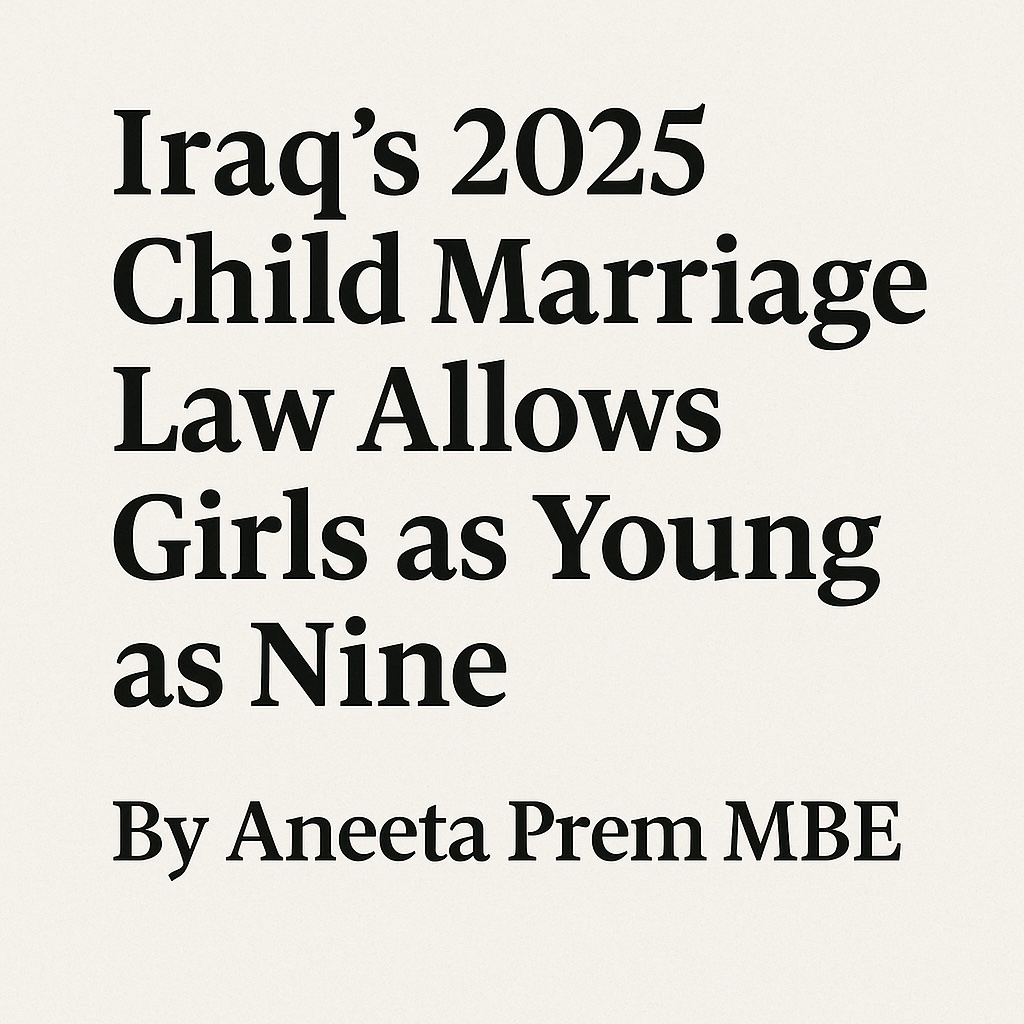
Iraq’s 2025 Child Marriage Law Allows Girls as Young as Nine: A Human Rights Crisis
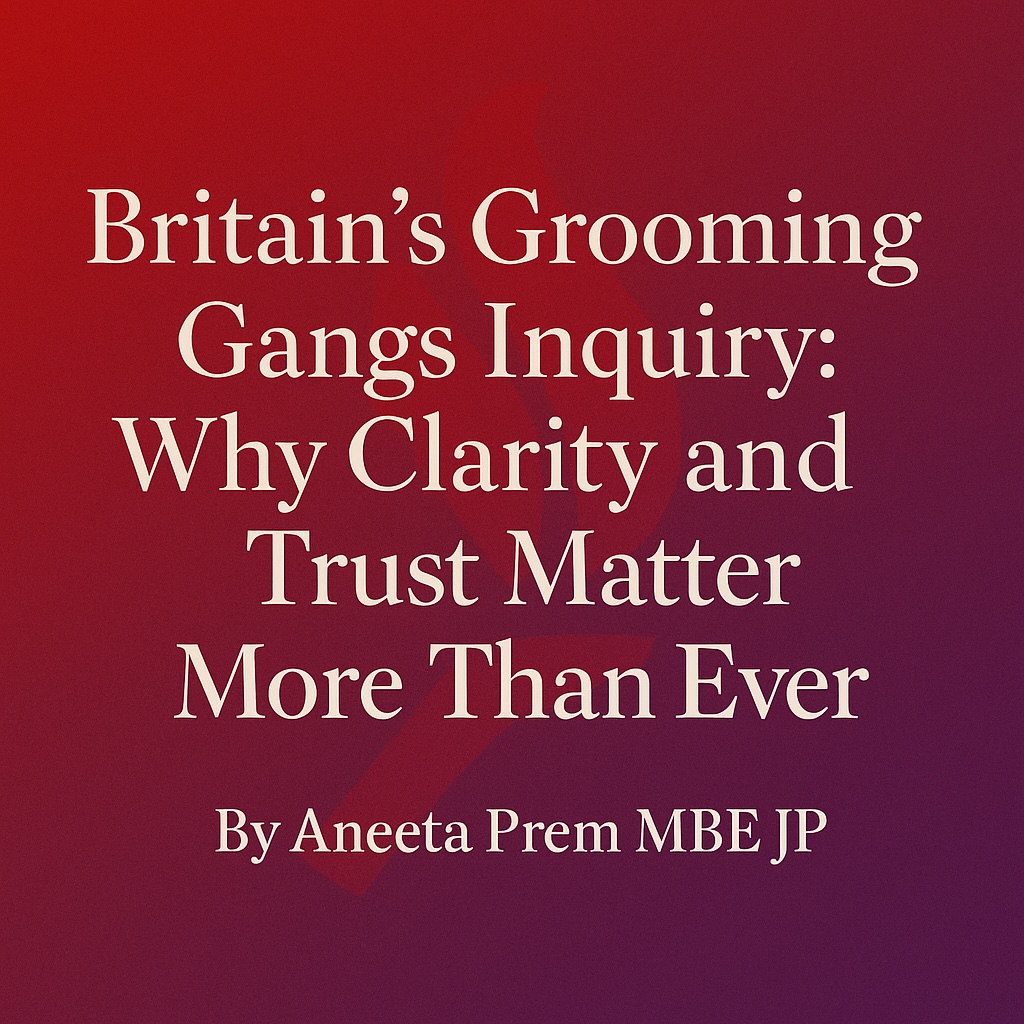
Britain’s Grooming Gangs Inquiry: Why Clarity and Trust Matter More Than Ever